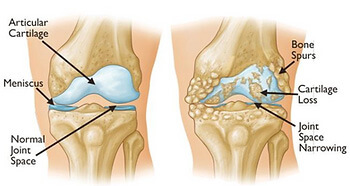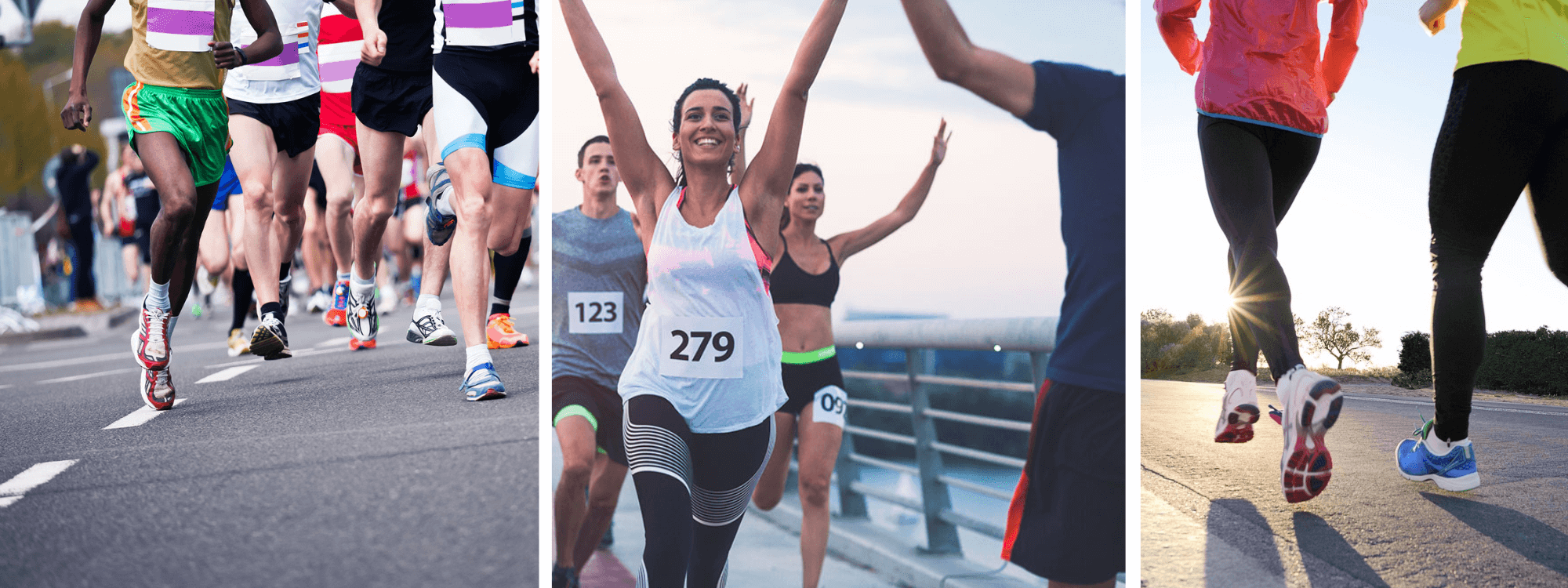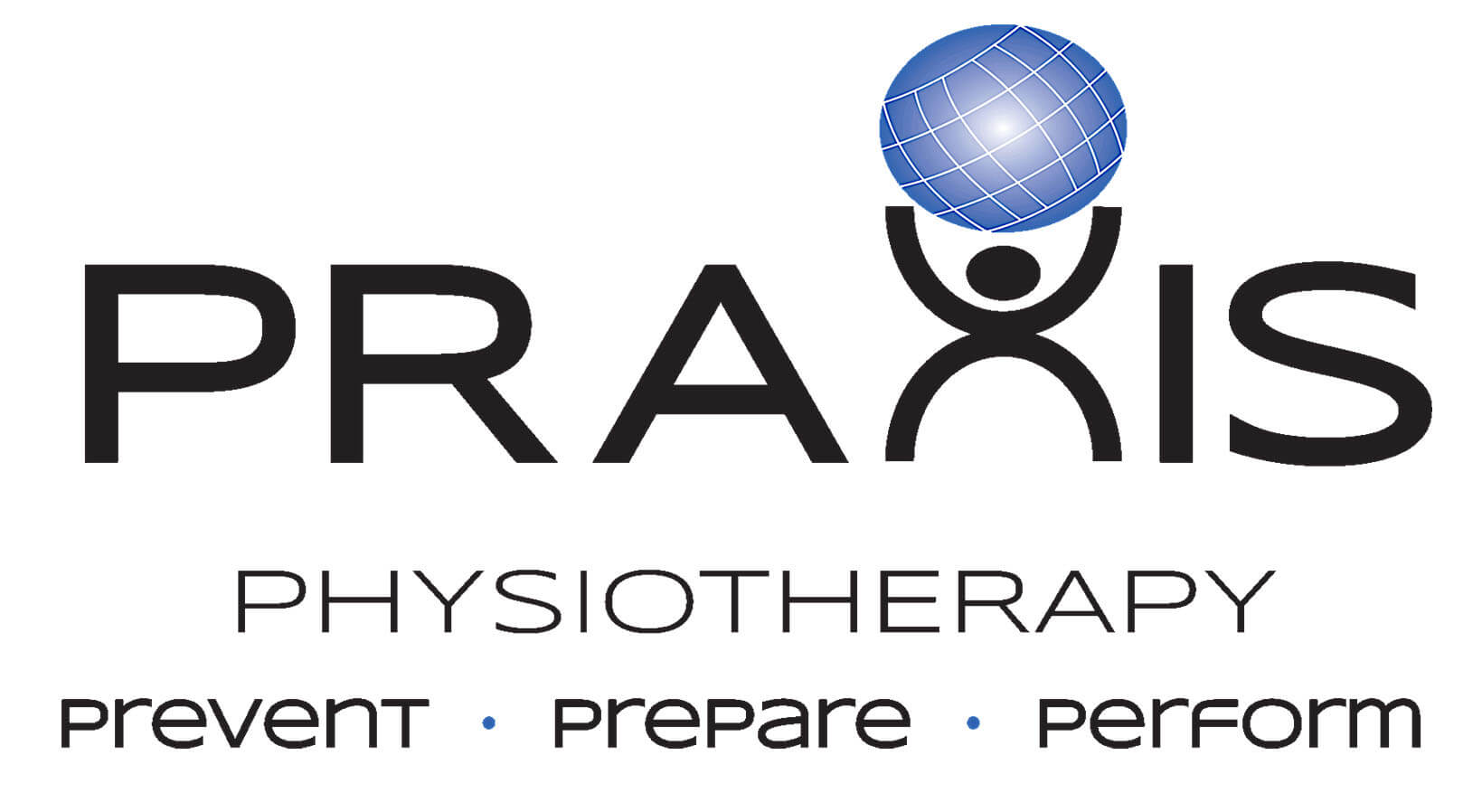
Throwing Injuries
THROWING
This week in professional development session, our physio team delved into throwing techniques and links to injury. Proper throwing mechanics are important to understand as they may enable an athlete to achieve maximum performance with minimum chance of injury (Fleisig et al 2012).
Throwing, tennis serving, cricket fast bowling and golf swings are all excellent examples are how the summation of the bodies forces can result in massive outputs of power. Although force to a ball or other projectile is applied directly by the hand, a ‘kinetic chain’ of the entire body is used.

One essential and shared property of these activities is they utilise the kinetic chain to generate and transfer energy from the larger body parts to the smaller, more injury-prone upper extremities. These activities are all also notorious for high rates of injury. The kinetic chain principle asserts that in a coordinated human motion, energy and momentum are transferred through sequential body segments, achieving maximum magnitude in the terminal segment.
This kinetic chain in throwing includes the following sequence of motions: stride, pelvis rotation, upper torso rotation, elbow extension, shoulder internal rotation and wrist flexion (Fleisig et al 2012).
According to Agresta and colleagues (2019), Risk factors for shoulder pain are:
- Workload (spikes or high volume)
- Age (younger athletes are more prone to injury)
- Throwing technique (e.g lack of follow through, elbow varus and shoulder external rotation torque)
- Reduction in shoulder range of motion (particularly shoulder internal rotation in preseason)
- Reduced preseason strength (supraspinatus and prone external rotation strength)
- Reduction in thoracic rotation
- Previous injury
Whilst we love a nerdy discussion on intrinsic vs extrinsic risk factors and specific rehab options as much as the next person, sometimes you just need to get outside in the sun and FEEL the task you are poring over!!
The key phases of throwing are loosely depicted in the below photos by our Praxis Principal and former 1st Grade Cricketer, Stephen (adapted from Escamilla et al 2007):
Click on the photo to slow the sequence

One of the final key questions from the day was: Who out of our physiotherapists has a “custard arm” and who has a “bullet”?? So if you or someone you know is in a throwing sport, have a chat to us today on (07) 3102 3337 or book online to ensure you have an injury free season ahead!
Until next time, Praxis what you preach
Team Praxis
Prevent. Prepare. Perform




